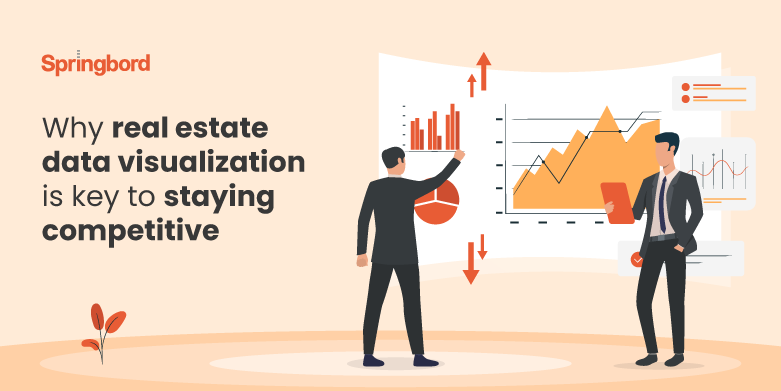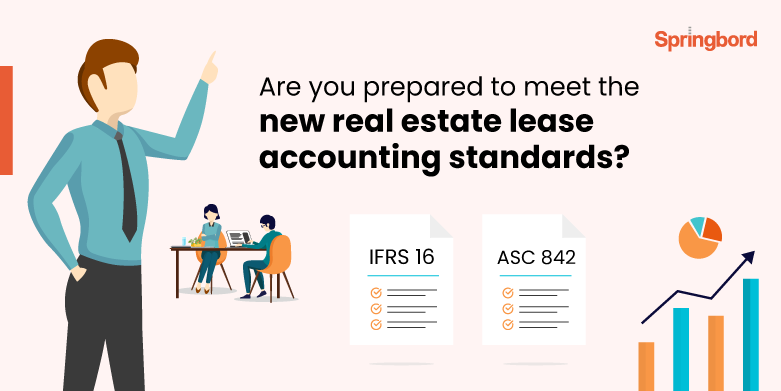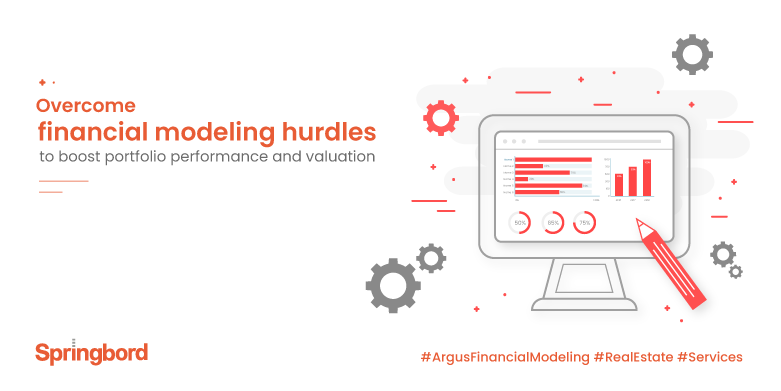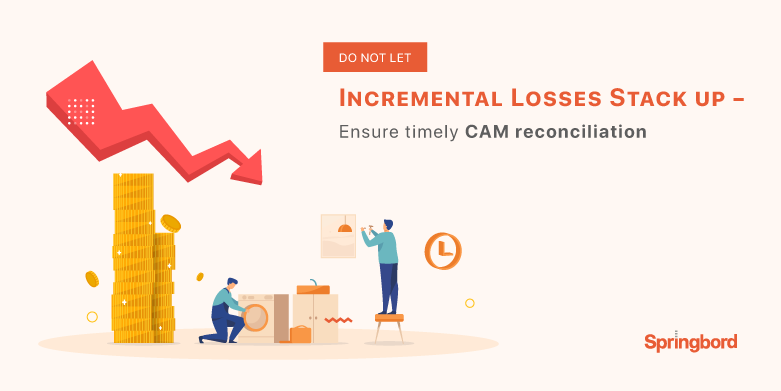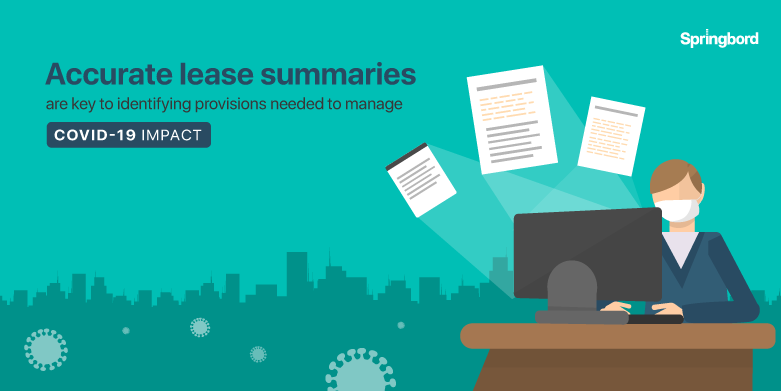Achieving compliance on an ongoing basis with the new lease accounting standard ASC 842 presents unprecedented challenges for the companies. It not only demands a complete overhauling of the processes and systems but requires right approach, skill and data management capabilities. While the new lease accounting standard would help provide in-depth and complete view of
Whether you are a real estate developer, real estate management company or real estate agent/brokerage firm, marketing is key for any business to survive and stay ahead of the curve. As evolving technology continues to influence every aspect of a business, organizations who fail to capitalize on this trend and advance their marketing efforts risk
Access to meaningful information has been indispensable in driving growth in the real estate sector. Debt summaries, property valuation, tenancy and occupancy analyses to maintenance and utilities reports, every information is valuable and plays a key role in managing a real estate business profitably. And with the advancing technology and its influence on the real
International Financial Reporting Standards (IFRS) 16 and Accounting Standards Codification (ASC) 842 – the new lease accounting standards have had a far reaching impact on business across industry sectors. Almost every company has some or other form of rentals/leasing, whether it is equipment, assets, or infrastructure. According to the new mandate every lessee is required
In highly competitive and evolving industry landscape, it is critical for real estate players to develop sound financial modeling to be able to understand the bigger picture and analyze new market opportunities. Despite the growing importance of real estate financial modeling, majority of players still rely on Excel-based models. However, the problem is commercial real
As coronavirus pandemic rattles businesses across sectors, it is continuing to deepen its toll on organizations while they struggle to manage business as usual. Small and medium size companies are dealing with unprecedented difficulties in the face of disrupted operations and cash flow, shortage of staff and continuous pressure to ensure employee health and safety.
Common area maintenance (CAM) charges play a key role in managing and maintaining commercial properties. CAM charges are not standardized and vary from one property/landlord/market/location to another. To maintain transparency with tenants these expenses are allocated appropriately and proportionately, and it is therefore important to follow the lease terms and guidelines and ensure accurate calculations
The impact of the COVID-19 pandemic on your commercial real estate business is undeniably unprecedented and significant. Landlords are compelled to revisit their commercial lease to look for provisions that can help them navigate this crisis and defer and abate rent. However, the deluge of information, shifting situation and legal intervention pose massive challenges in
The escalating economic impact of the COVID-19 is being felt far and wide across every industry. And the real estate sector is no exception. In fact, this industry is facing multi-faceted effects based on the region and size and type of the property portfolio. As players worry about maintaining asset value and cash flow they
Lease management and administration can be quite complex and challenging for companies with multiple assets or locations, such as the telecom and retail industry players. In addition to that, the unprecedented data deluge and new and evolved regulatory requirements have further compounded the challenges revolving lease management for these sectors. To ensure efficient operations and




